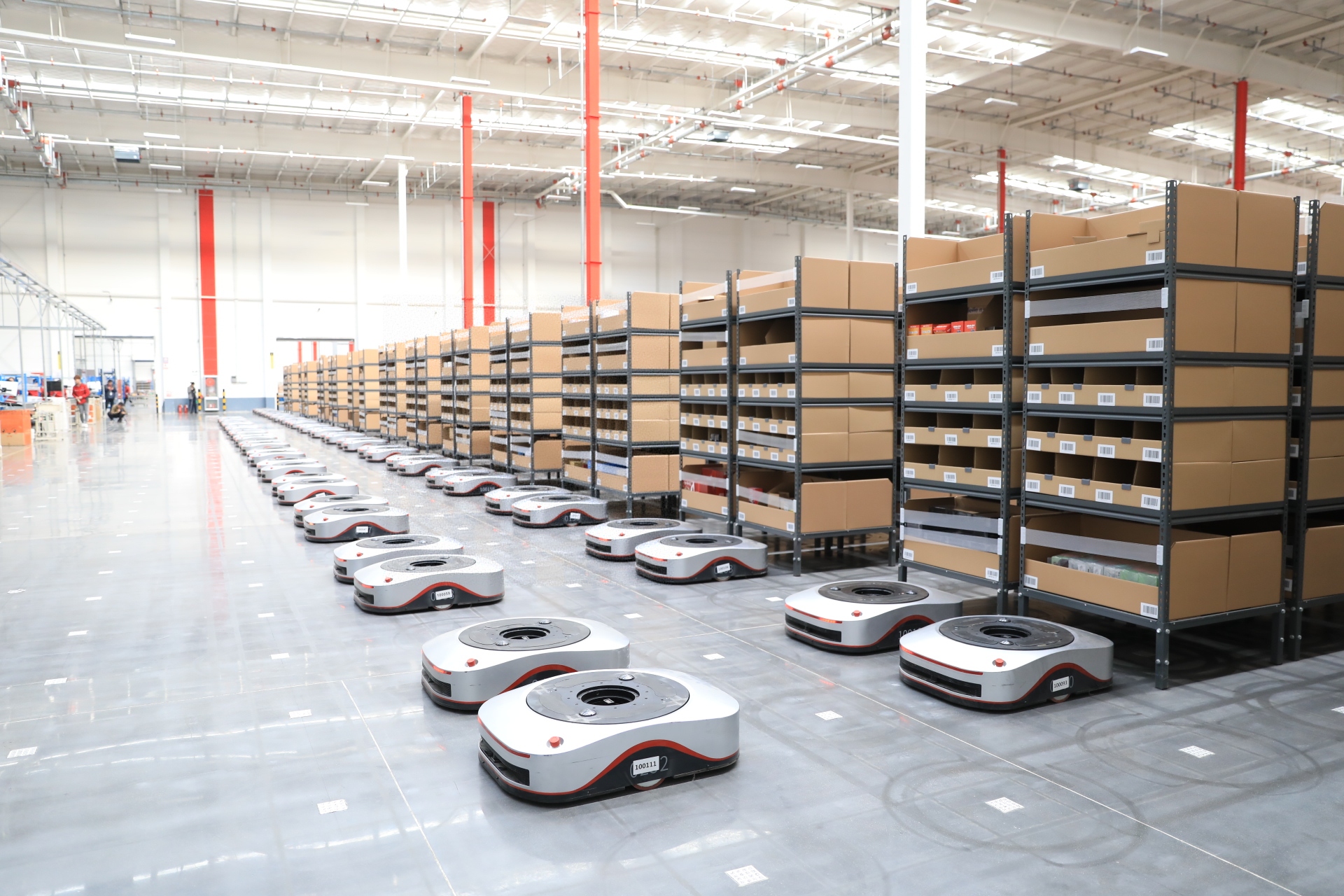How e-commerce tech is behind record-breaking Double 11 sales
- By Barry He
 0 Comment(s)
0 Comment(s) Print
Print E-mail China.org.cn, November 16, 2019
E-mail China.org.cn, November 16, 2019

Since the start of Singles Day or Double 11, launched by savvy e-commerce platforms in 2009, the world has been shocked by the consistent and seemingly astronomical figures pulled in by just one day of retail shopping in just one country. The event dwarfs rival attempts, such as Black Friday in the U.S. This year, Alibaba alone broke all previous records, making retail history with sales of $38 billion, in just one day. By contrast, Black Friday last year pulled in just $6.2 billion in online sales. Advances in technology for the supply chain and logistics industry has facilitated this huge growth in the e-commerce sector. Behind the scenes of the shiny world of retail, new trends in AI and manufacturing practices as well as innovative supply chain concepts all contribute to China's annual retail bonanza.
The widespread use of immersive technologies, such as AR (augmented reality) and VR (virtual reality), mean that customers now have more interactive opportunities in their retail experience. It is now commonplace in China, for both brick and mortar as well as online stores to be able to try on clothes virtually, or in other words, better visualize their purchases. However, these technologies also aid in the maintenance of warehousing and manufacturing, streamlining the logistics process and increasing production. The same type of technology can also be used as a training aid for new workers, increasing their speed of learning new skills and increasing output and efficiency in the process.

Another recent development aiding online retail sales is the widespread adoption of chatbots. This form of online automation can handle customer queries and offer solutions, thereby freeing up manpower, which can then be directed to other areas of the business. The amount of time it takes to process transactions, provide customer assistance and care as well as sort out any delivery issues is extremely significant. In this regard, businesses nowadays have a marked advantage over businesses even just several years ago.
The supply chain for any company, even smaller ones, in this day and age can be extremely complicated. Figuring out how to streamline specific areas of the system whilst preventing adverse knock on effects can prove difficult, even for the most precise of number-crunching human analysts. However, advanced automated analytics, or prescriptive analytics can quickly, through the use of big data, make decisions on different parts of the supply chain, whether that be planning, logistics, sourcing or transportation. No longer requiring human judgement, supply chains can be improved down to mathematical precision like never before. The end result is the huge increase of capacity for goods to flow to customers, resulting in the huge profits typical of the Double 11 days in recent years.
Advances in artificial intelligence applications also further improve the business models of today. AI can provide more informed business decisions, and even automate huge parts of the decision-making process to alter business models. It is not therefore just customer service roles which can be automated to save time, but also managerial roles too, freeing up manpower to be deployed to other aspects of the business. Human minds are therefore now more free to dedicate themselves towards areas of higher order planning or strategic networking. In addition, the amount of time and resources e-commerce platforms now invest in more creative areas, which AI still struggles with, such as marketing and social media, has markedly increased compared to just a decade ago.
Barry He is a global technology and business commentator based in London, initially specializing in start-ups and technology PR.
Opinion articles reflect the views of their authors only, not necessarily those of China.org.cn.
If you would like to contribute, please contact us at opinion@china.org.cn.






Go to Forum >>0 Comment(s)